10 Best Herbal Decoctions For Fungal Infection

Herbal decoctions have been traditionally used to treat fungal infections by leveraging the antifungal properties of various plant-based ingredients.
Commonly used herbs include garlic, echinacea, and turmeric, which contain compounds like allicin and curcumin that exhibit antimicrobial effects. These decoctions are typically prepared by simmering the dried herbs in water for an extended period to extract their active components. While some studies suggest their potential in reducing fungal growth, they should not replace conventional medical treatments without professional guidance.
Herbal decoctions may offer a natural alternative or complementary approach for managing mild fungal infections, though their efficacy can vary depending on the specific herb and individual health conditions.
FREE Herb Drying Checklist
How to make sure every batch retains maximum flavor, color, and aroma without the risk of mold or over-drying. Eliminate guesswork and trial-and-error, making herb drying faster, easier, and more efficient every time.
Table of Contents
1. Hypericum perforatum
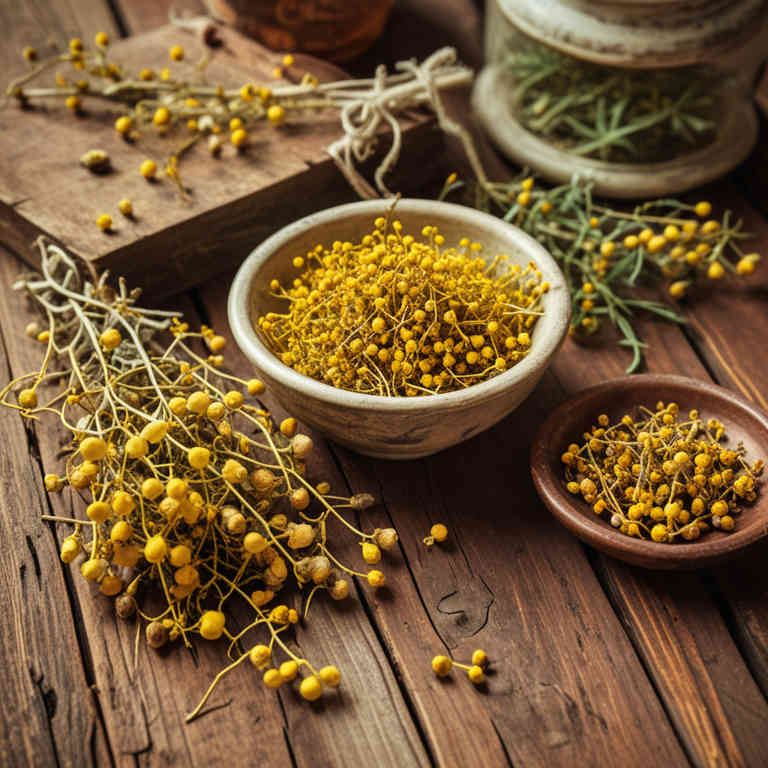
Hypericum perforatum, commonly known as St. John's wort, is traditionally used in herbal medicine for its potential antifungal properties.
Herbal decoctions made from the dried flowers and leaves of Hypericum perforatum are prepared by simmering the plant material in water, allowing the active compounds to be extracted. These decoctions may contain hypericin and hyperforin, which have been studied for their antimicrobial and antifungal effects. Some preliminary research suggests that Hypericum perforatum decoctions may inhibit the growth of certain fungi, including Candida species.
However, more clinical studies are needed to confirm its efficacy and safety for treating fungal infections.
2. Zingiber officinale
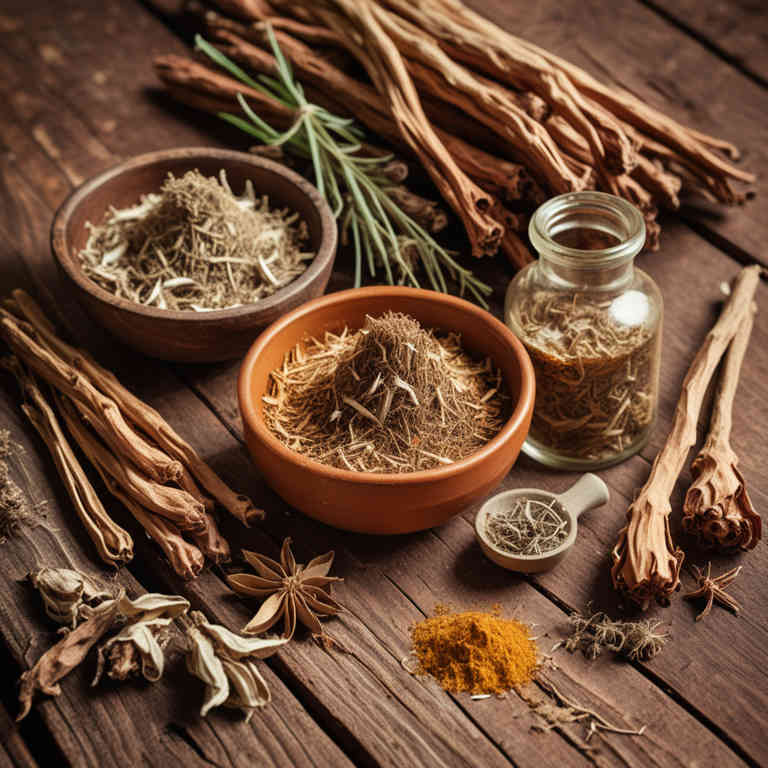
Zingiber officinale, commonly known as ginger, has been traditionally used in herbal medicine for its antimicrobial properties.
Herbal decoctions made from fresh or dried ginger roots have shown potential in combating fungal infections due to the presence of bioactive compounds like gingerol and zingiberene. These compounds exhibit antifungal activity by disrupting fungal cell membranes and inhibiting their growth. Studies suggest that ginger decoctions may be effective against common fungal pathogens such as Candida and Aspergillus.
While more research is needed, ginger-based herbal decoctions offer a natural and complementary approach to managing fungal infections.
3. Aloe barbadensis
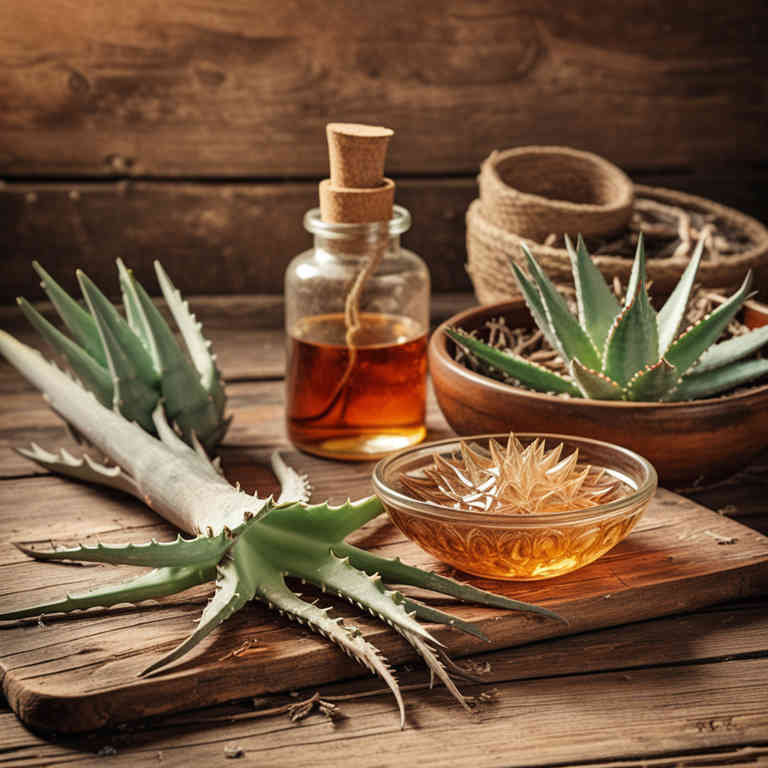
Aloe barbadensis, commonly known as aloe vera, has been traditionally used for its therapeutic properties, including its potential in treating fungal infections.
The herbal decoction of aloe barbadensis is prepared by boiling the gel extracted from the plant's leaves, which contains various bioactive compounds such as polysaccharides, enzymes, and antioxidants. These components are believed to possess antimicrobial and anti-inflammatory effects that may inhibit the growth of fungi. Some studies suggest that aloe vera decoctions can help reduce symptoms of fungal infections like athlete's foot and ringworm by creating an unfavorable environment for fungal proliferation.
However, while preliminary research is promising, more clinical trials are needed to fully establish its efficacy and safety for treating fungal infections.
4. Echinacea purpurea
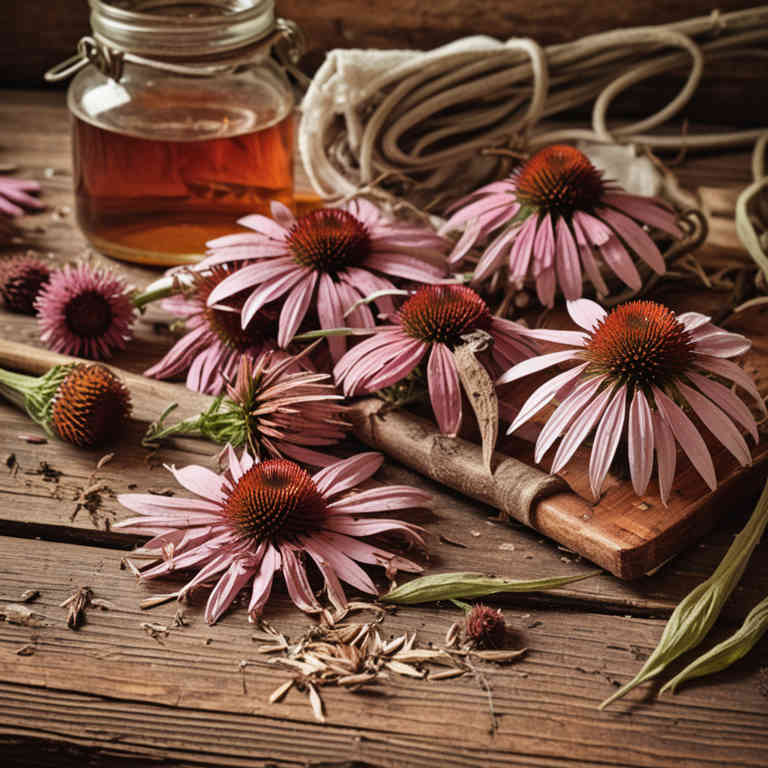
Echinacea purpurea, commonly known as purple coneflower, has been traditionally used for its potential immune-boosting properties, and recent studies suggest it may also have antimicrobial effects.
Herbal decoctions made from Echinacea purpurea involve boiling the dried roots, leaves, or flowers to extract bioactive compounds such as alkamides, caffeic acid derivatives, and polysaccharides. These compounds are believed to inhibit the growth of certain fungi by disrupting fungal cell membranes and interfering with their metabolic processes. While some preliminary research indicates that Echinacea may be effective against superficial fungal infections like athlete's foot or ringworm, more clinical trials are needed to confirm its efficacy and safety for such uses.
As a complementary therapy, Echinacea decoctions should be used under the guidance of a healthcare professional, especially for individuals with known allergies or those taking other medications.
5. Cinnamomum verum

Cinnamomum verum, commonly known as true cinnamon, has been traditionally used in herbal medicine for its antimicrobial properties.
Herbal decoctions made from the bark of Cinnamomum verum contain essential oils such as cinnamaldehyde, which exhibit antifungal activity against various pathogenic fungi. These decoctions may be prepared by simmering the bark in water for several minutes to extract the active compounds. Some studies suggest that cinnamon decoctions could be beneficial in treating mild fungal infections, such as athlete's foot or nail infections, although more research is needed to confirm their efficacy.
Due to its natural origin, cinnamon-based herbal decoctions are often considered a complementary therapy alongside conventional antifungal treatments.
6. Ginkgo biloba

Ginkgo biloba, a traditional medicinal plant, has been explored for its potential in treating fungal infections due to its bioactive compounds, including flavonoids and terpene lactones, which exhibit antifungal properties.
Herbal decoctions made from ginkgo leaves are prepared by boiling the leaves in water to extract these beneficial compounds, which may inhibit the growth of various fungal species. Some studies suggest that ginkgo biloba may enhance the immune response and reduce oxidative stress, contributing to its antifungal effects. However, more research is needed to confirm its efficacy and safety in clinical settings for fungal infections.
While it may serve as a complementary therapy, it should not replace conventional antifungal treatments without medical supervision.
7. Urtica dioica
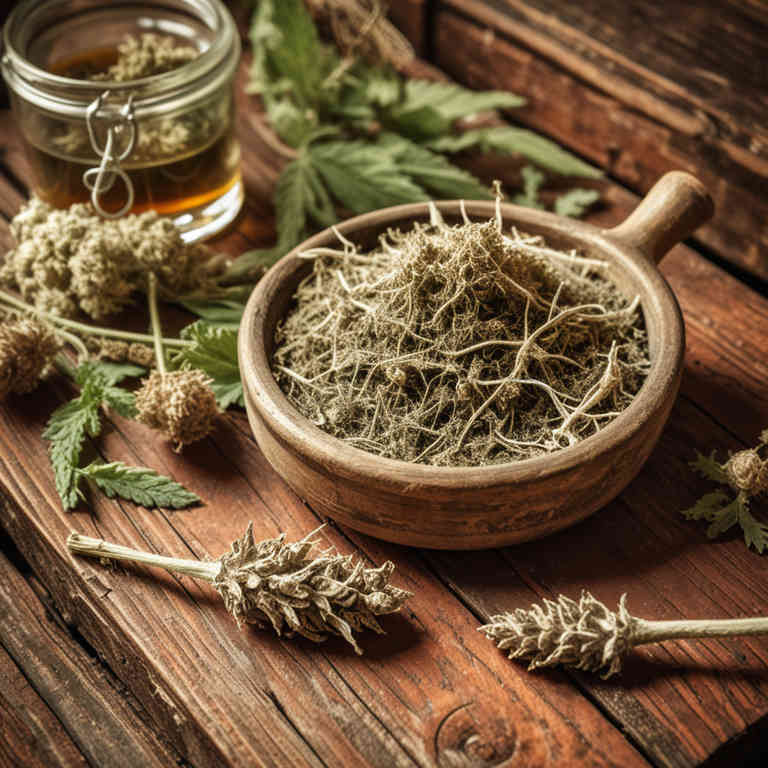
Urtica dioica, commonly known as stinging nettle, has been traditionally used in herbal medicine for its potential antimicrobial properties.
Herbal decoctions made from the leaves and stems of Urtica dioica can be prepared by boiling the fresh or dried plant material in water for several minutes. These decoctions are believed to possess antifungal properties due to the presence of compounds like flavonoids and polysaccharides. Some studies suggest that Urtica dioica may inhibit the growth of certain fungi, making it a possible complementary therapy for fungal infections.
However, further scientific research is needed to fully understand its efficacy and safety in treating fungal infections.
8. Piper nigrum

Piper nigrum, commonly known as black pepper, has been traditionally used in herbal medicine for its potential antifungal properties.
The active compound, piperine, is believed to contribute to its antimicrobial effects by inhibiting the growth of various fungal species. Herbal decoctions made from black pepper can be prepared by boiling the dried berries in water, allowing the extraction of its bioactive components. These decoctions have been studied for their ability to combat fungal infections such as athlete's foot and ringworm.
However, while preliminary research shows promise, more clinical studies are needed to fully understand their efficacy and safety in treating fungal infections.
9. Berberis aristata
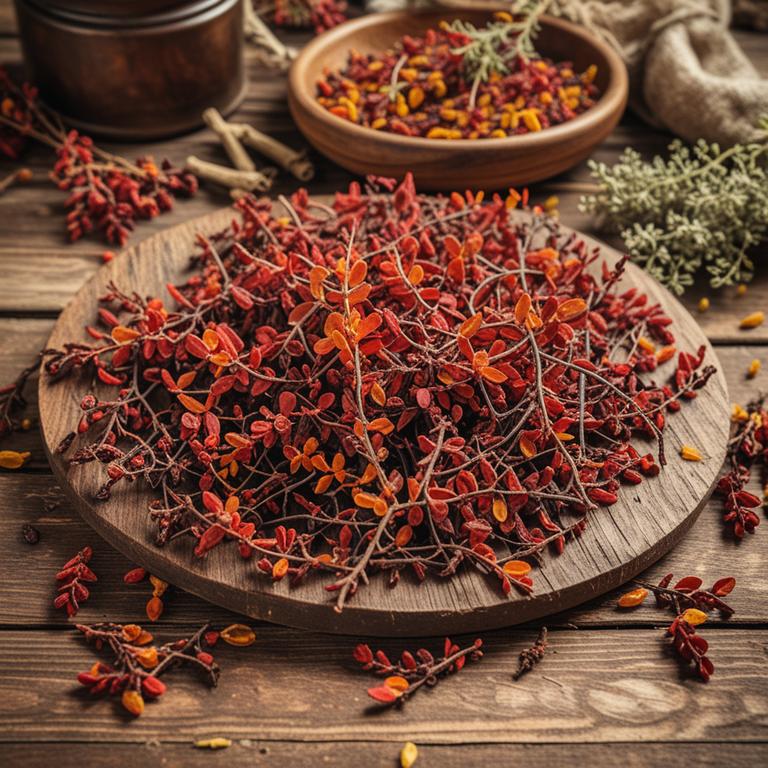
Berberis aristata, also known as Indian barberry, contains the alkaloid berberine, which has been traditionally used for its antimicrobial properties.
Herbal decoctions made from the roots and stems of Berberis aristata are often prepared by simmering the plant material in water for an extended period to extract its active compounds. These decoctions have shown potential in inhibiting the growth of various fungi, including Candida and dermatophytes, due to berberine's ability to disrupt fungal cell membranes. While some preliminary studies support its efficacy, more clinical research is needed to establish its safety and effectiveness for treating fungal infections.
As a complementary therapy, Berberis aristata decoctions may be used under the guidance of a healthcare professional alongside conventional treatments.
10. Curcuma longa
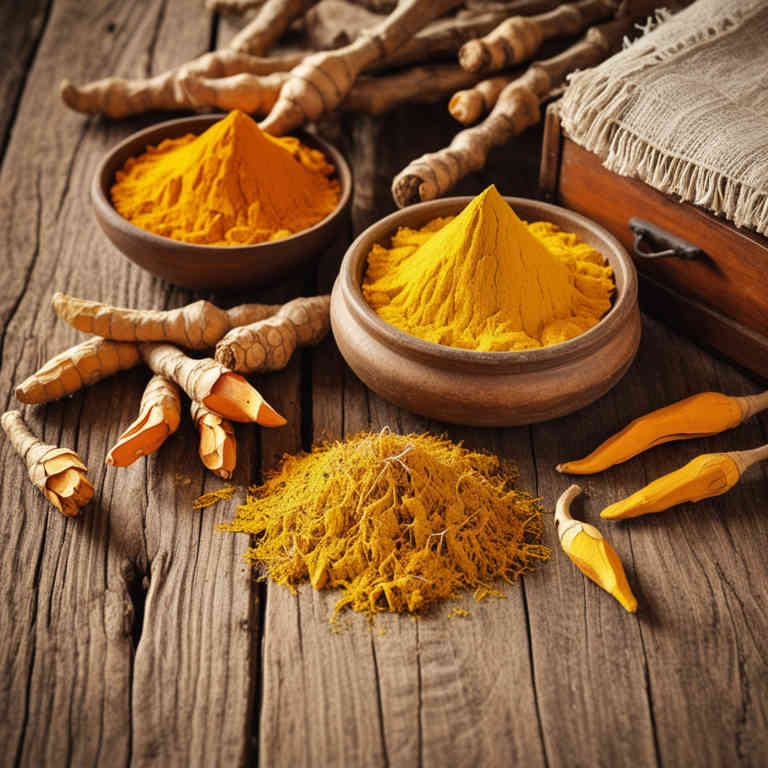
Curcuma longa, commonly known as turmeric, has been traditionally used for its medicinal properties, including its potential efficacy against fungal infections.
The active compound in turmeric, curcumin, exhibits antifungal properties by disrupting fungal cell membranes and inhibiting their growth. Herbal decoctions made from Curcuma longa can be prepared by simmering the rhizomes in water, creating a potent infusion that may be applied topically or consumed internally. Studies suggest that curcumin's ability to modulate inflammatory responses and enhance immune function further supports its role in combating fungal infections.
However, while promising, more clinical research is needed to fully establish its effectiveness and optimal use in treating fungal infections.